
The Best Foot Placements for Leg Press Muscle Growth
Posted by Dayne Hudson
Estimated reading time: 5 minutes

Starting from scratch, the word quad means four - and there are four muscles within your quadriceps.
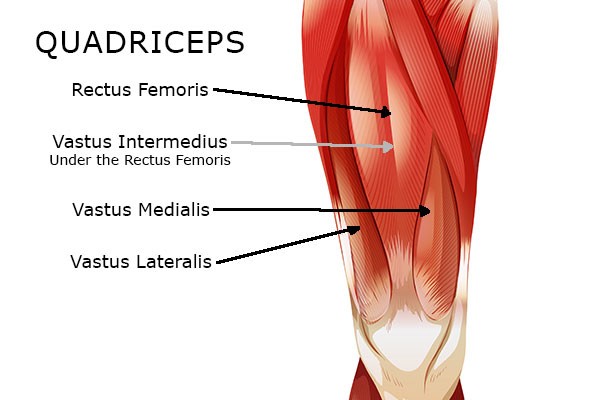
A study in 2022 investigated step-ups, squats and split squats for muscle growth, to see which exercise worked different quadricep muscles the most.
It also looked at muscles within the hamstrings, glutes, and calves. And all exercises were found to work the:
In other words, they worked the quads, hamstrings, calves, and glutes.
But here's where it gets interesting:
"In addition, load-dependent increases in m. gluteus maximus, vastus lateralis, m. vastus medius, m. vastus intermedius, and m. biceps femoris long head forces were often more pronounced during the split squat and step up than the squat across the range of loads used in this study."
In simpler terms, this means that split squats work our glutes, quads, and long head of the hamstrings better than squats for muscle growth.
Not at all - they're still a vital exercise that allows you to really load up your quads and test your strength.
And the squats are still a multi-joint exercise that works our quads well.
But there's still one big muscle it doesn't hit that well: the rectus femoris.
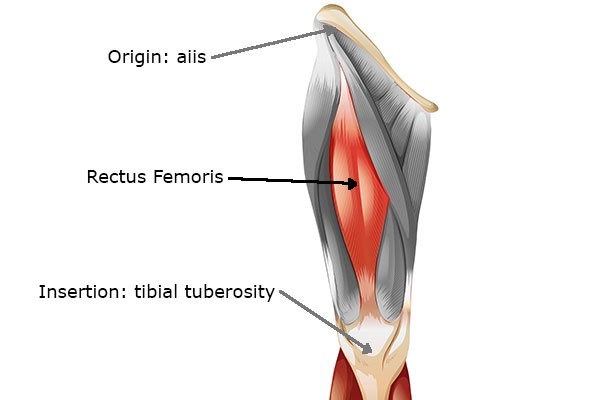
Electromyography studies show us that while the aforementioned vastus muscles contract well during the squat, the rectus femoris only contracts about half as much.
For example, this study found that the squats didn't grow the rectus femoris adequately.
This study found leg extensions resulted in more growth of the rectus femoris (26%) than the vastus medialis (12%), the vastus intermedius (6%), and the vastus lateralis (11%) after 12 weeks of training.
So, you can see what's happening here. Right before our eyes, the program is coming together based on the findings of science: the squats will work 3 of 4 muscles, Bulgarian split squats will be even better, and leg extensions will make up for the inadequate growth of the rectus femoris.
Other research has compared:
And has found the rectus femoris to be activated more during Spanish squats than the wall squat and the general squat. It also activated the vastus lateralis more, too!
So, adding in some Spanish squats can help bring out the rectus femoris along with leg extensions.
So, with that being said, here's a great place to start:
5 x barbell back squats
4 x Bulgarian split squats (do these with dumbells or kettlebells)
5 x leg extensions
3 x Spanish squats
Rep ranges can be anywhere from 4-6 right up 25.
If you're training until muscle failure, you'll grow muscle either way.
So now you've got your exercises, but that's only half the story.
You need to ensure you're practising the principle of progressive overload in your leg training.
Progressive overload occurs by increasing the workload for muscles beyond present capacity, inducing further muscle growth.
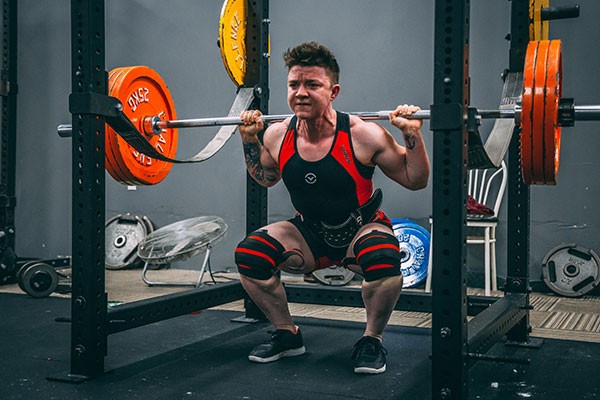
Research shows we can practice progressive overload in the following four ways:
Research tells us the most popular method is number 1.
This falls in line with the first principle of muscle growth, mechanical tension; the tension a muscle is under in response to the load being lifted.
In other words, lifting heavy induces more mechanical tension, one of the three principles of muscle growth:
Progressive overload should be slowly implemented into your leg training program.
But how slowly?
One lot of research suggests that changes in total training volume (reps, sets, load) be made in increments of 2.5% to 5.0% per week to avoid the chance of overtraining.
Now whilst this all seems like common sense, no one at the gym is really doing it!
It's not uncommon to see certain gym-goers do the same volume and weight, week in and week out.
This is why most people's physiques never change.
In order for muscle to keep growing, it must be tested beyond what it is used to.
The same principle applies to most things in life; we don't get better by doing what we've always done!
Specifically, as muscles become more capable of producing greater force, power or endurance, it's time to increase the workload.
Because without these forced measures, muscle adaptations (like growth) can't occur.
And if we chose to not adapt, then we will hit a plateau.
But it's a balancing act; we must continue to lift weights with enough frequency, weight, and time, to allow for progressive overload to occur without producing fatigue.
Of course, adding more weight to the bar leads to an increase in strength, which is partially due to an increase in muscle size.
But this isn't the only way to grow muscle, of course. Lighter loads help as we went through, too.
Different quadricep exercises will work the different muscles of the quadricep. The squats will work the vastus lateralis, vastus medialis, and vastus intermedius, but not the large rectus femoris as effectively.
But we can make up for that with leg extensions, and Spanish squats, which work the rectus femoris better than the general squat, and the vastus lateralis, too!
Bulgarian split squats work the vastus lateralis, vastus medialis, and vastus intermedius better than the normal squat in one study.
By performing all exercises, with the principle of progressive overload, we're giving ourselves a great chance at maximal quadricep growth!

Like many, Dayne was once desperate to lose weight and get into shape. But everyone he asked, everything he read, lead to the same place... nowhere.
His journey started there - researching science journals and completing a Sports Nutrition Specialist qualification so he could make weight loss easier.

Posted by Dayne Hudson
Estimated reading time: 5 minutes
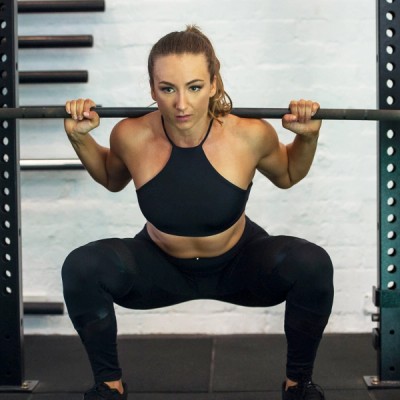
Posted by Dayne Hudson
Estimated reading time: 5 minutes
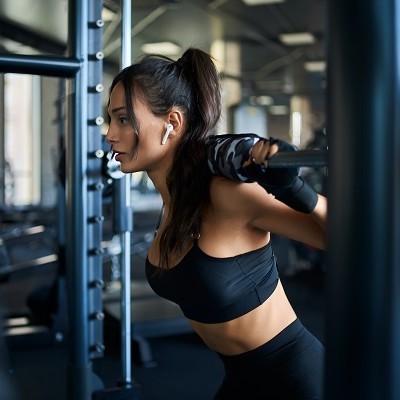
Posted by Bridget Freeman
Estimated reading time: 2 minutes
With over 700 recipes and articles, the Bulk Nutrients Blog has something for everyone! Find a new workout, meet our ambassadors or take a deep dive into our products today.
We're an Australian manufacturer and supplier of high quality sports supplements.
Operating since 2008, Bulk Nutrients has become one of the premier Australian brands to supply nutritional products to top level athletes, competitors and those on a journey to a healthier lifestyle.
One thing that sets Bulk Nutrients apart is that we love to talk to our customers!
Whether you need product advice, help with the website or need a change made to your order... call us on +61 3 6266 4725.
If you prefer email you can email us day or night at info@bulknutrients.com.au
For online chat, hit the 'Chat' button in the bottom right hand corner of your screen and you'll be connected to one of our lovely customer service team.
Or if you'd like to get in touch through our online contact form, that's cool too!
Terms & ConditionsSustainability StrategyPrivacy PolicyPayment InformationSitemap
All prices are in Australian dollars (AUD) and include GST unless otherwise stated.
All content copyright © Bulk Nutrients 2008 - 2024